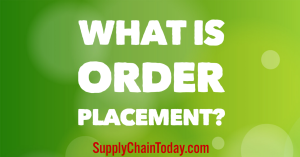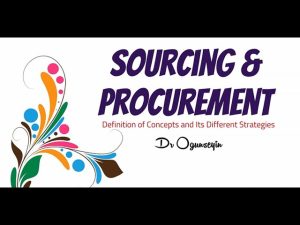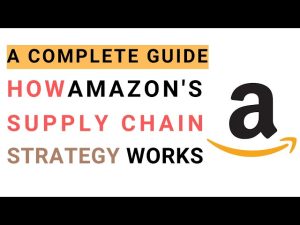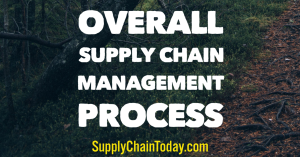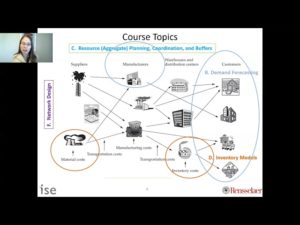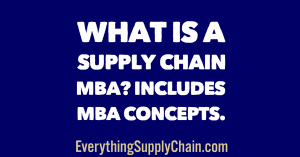Strategic Cost Management.
Strategic cost management is the process of aligning an organization’s cost management activities with its overall business strategy. It involves identifying the costs that are necessary to achieve the organization’s strategic objectives, and then taking steps to minimize or control those costs in order to achieve the greatest possible return on investment.
There are several key elements to strategic cost management:
- Identifying strategic objectives: This involves clearly defining the organization’s strategic objectives and the costs that are necessary to achieve those objectives.
- Analyzing costs: This involves evaluating the costs associated with the organization’s operations in order to understand their drivers and identify opportunities for cost reduction.
- Implementing cost reduction initiatives: This involves developing and implementing strategies and processes to minimize or control costs in order to achieve the desired level of profitability. This may involve activities such as optimizing the supply chain, implementing cost-saving initiatives, and negotiating better pricing with suppliers.
- Tracking and measuring performance: This involves tracking and measuring the performance of the organization’s cost management activities in order to understand their impact and identify areas for improvement.
Overall, strategic cost management is a key component of business success. By aligning cost management activities with the organization’s overall business strategy, companies can improve their profitability, increase their competitiveness, and achieve their business objectives.
Strategic Cost Management contains supply chain analysis, strategic positioning analysis and cost driver analysis. By evaluating each of these three and manager will be able to better manage and understand costs.
Supply Chain Analysis – management of the flow of information and products from earliest supplier to the ultimate consumer. This also includes the disposal of the product.
Strategic Positioning Analysis – what is the value proposition of the company: cost leadership, innovation, niche, speed, etc.
Cost Driver Analysis – what processes or transactions create costs in the supply chain.
Cost Analysis:
-
Can a less expensive material/components be used while maintaining quality?
-
Are the costs reasonable?
-
Is a standard item in the market a suitable substitute?
-
Can the weight of the item be reduced?
-
Can the packaging be redesigned to reduce costs?
-
Are the correct costs being allocated to the project?
-
Have the correct activity based costing methods been used?
-
Is the product over engineered? Could a lower quality product be substituted?
-
Are other suppliers making a comparable product?
-
Which costs are necessary?
Supplier Management and Negotiation Resources
- What is Order Placement?
- Sourcing and Procurement in Supply Chain Management.
- How Amazon’s Supply Chain Management Strategy Works?
- 7 Tips for Successful Supplier Relationship Management
- End to End Supply Chain Management Process
- Harvard Business School: What Shows Like ‘The Office’ and ‘Friends’ Can Teach Us About Negotiation.
- What is Supply Chain Management?
- What is a Supply Chain MBA? Includes MBA Concepts.
